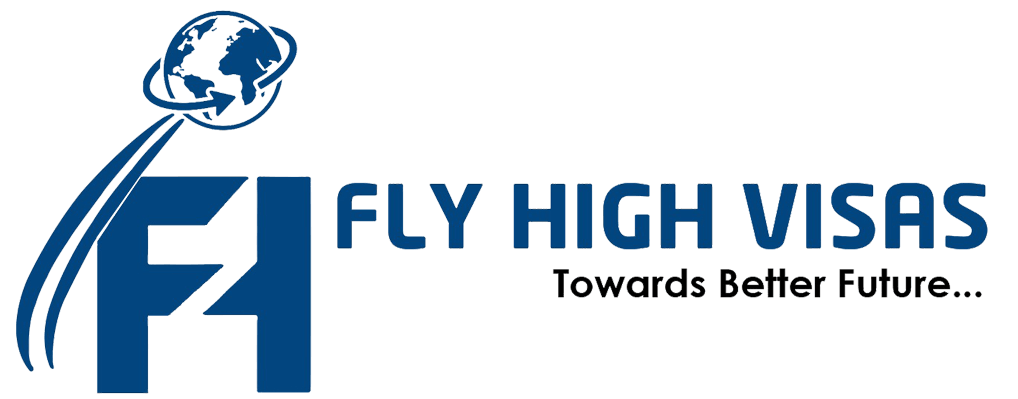Introduction
Mark Carney, the newly elected leader of Canada’s ruling Liberal Party and soon-to-be prime minister, is stepping into office at a pivotal time—economically, diplomatically, and socially. While his policy focus appears largely centered on economic growth, housing, and trade diversification, Carney’s relatively reserved stance on immigration has sparked debate, especially among Indians, who make up one of the largest immigrant groups in Canada.
Capping Immigration: A Strategic Pause
As part of his February 2025 campaign, Carney announced that immigration levels would be capped until they return to pre-pandemic norms. Though lacking detailed proposals, this signals a continuation of the policies introduced during Justin Trudeau’s final term, which scaled back immigration targets amid mounting housing crises and public service strain.
Permanent resident admissions were reduced from 500,000 in 2024 to 395,000 in 2025, with further cuts planned through 2027. Carney’s decision to uphold these limits suggests a cautious, stability-first approach—one aimed at managing infrastructure and cost-of-living pressures rather than expanding population growth in the short term.
What This Means for Indian Nationals
For Indian students, workers, and aspiring immigrants, the effects could be significant:
~ Student Visas: A cap on international student permits, extended into 2025 with a further 10% reduction, now includes master's and doctoral applicants. Indian students—who form the majority of international enrollments in Canada—face increased competition and limited options.
~ Post-Graduation Work Permits: New rules restrict permits to graduates of public or select private institutions. Many Indian students who enrolled in private colleges may now find their path to permanent residency blocked.
~Temporary Foreign Workers: Hiring limits for low-wage foreign workers have been tightened, directly affecting Indian applicants in service, manufacturing, and seasonal sectors.
Together, these measures represent a narrowing of migration pathways at a time when many Indians view Canada as a top destination for education and work.
Trade Wars & Economic Priorities
Carney’s primary concern appears to be the economic fallout from escalating trade tensions with the United States. His recent victory speech avoided immigration altogether, instead rejecting U.S. dominance by firmly stating, "No way!" to Canada becoming America's 51st state.
According to Jack Kim, a partner at law firm Fragomen, the U.S. tariffs could drive up the cost of living across Canada and reduce job availability—particularly in affected industries. While no direct link between immigration policy and tariffs exists yet, history shows that such tools can be leveraged politically. For Indian professionals and students, this adds another layer of uncertainty.
Rebuilding Ties with India: A Diplomatic Opportunity
On the international front, Carney has expressed intent to repair relations with India, which were badly strained under Trudeau. The diplomatic rift peaked in 2023 when Trudeau accused Indian agents of involvement in the killing of Khalistani extremist Hardeep Singh Nijjar—an allegation India strongly denied. In the aftermath, both nations expelled top diplomats, and trade talks stalled.
Carney’s focus on trade diversification presents an opening for reconciliation. "There are opportunities to rebuild the relationship with India," he said, emphasizing the need to move beyond overdependence on the U.S. For India, this is not just a diplomatic issue—it’s deeply tied to migration and mobility.
New Delhi may push Ottawa to ease immigration restrictions, particularly for students and professionals, in exchange for trade cooperation. Such discussions could influence future visa policies and educational exchange programs.
Looking Ahead
While Carney has so far maintained a cautious distance from immigration debates, public pressure may eventually demand clarity. With polls showing increasing skepticism toward high immigration levels, and provinces like Ontario and British Columbia struggling with housing shortages, Carney’s government appears reluctant to reopen the floodgates.
Yet, as Canada seeks to re-engage with India and stabilize its workforce amid global competition, immigration policy could again become a tool for economic and diplomatic strategy.
For Indians eyeing Canada, the message is mixed: short-term restrictions and greater scrutiny, but long-term opportunities—especially if India-Canada relations begin to thaw under Carney’s leadership
Fly High Visas is one of India’s best immigration consultancy. Our Immigration Services are designed to equip our clients with thorough information about the immigration process, enabling them to make informed decisions. Fly High Visas







Leave a Reply
Your email address will not be published.